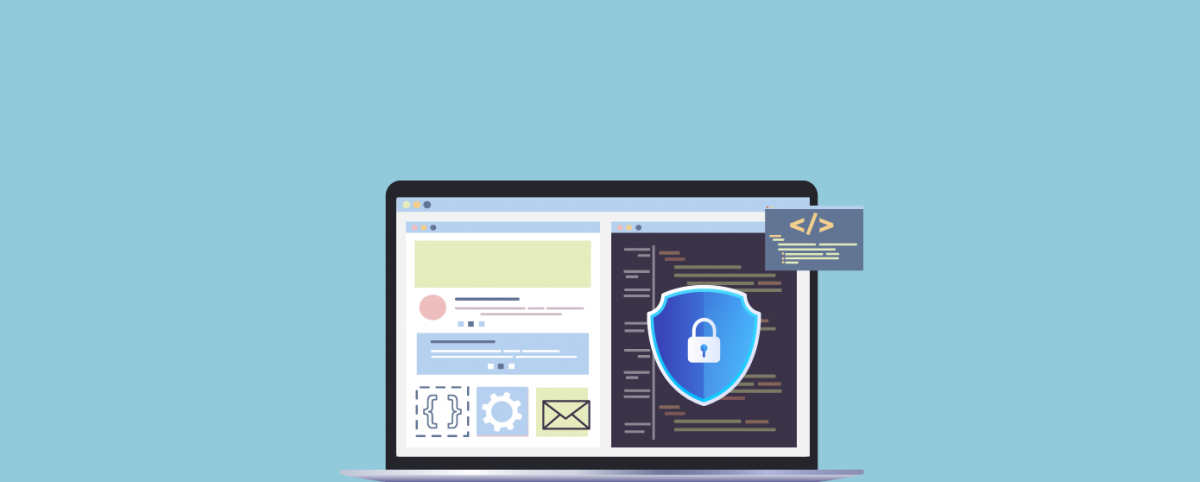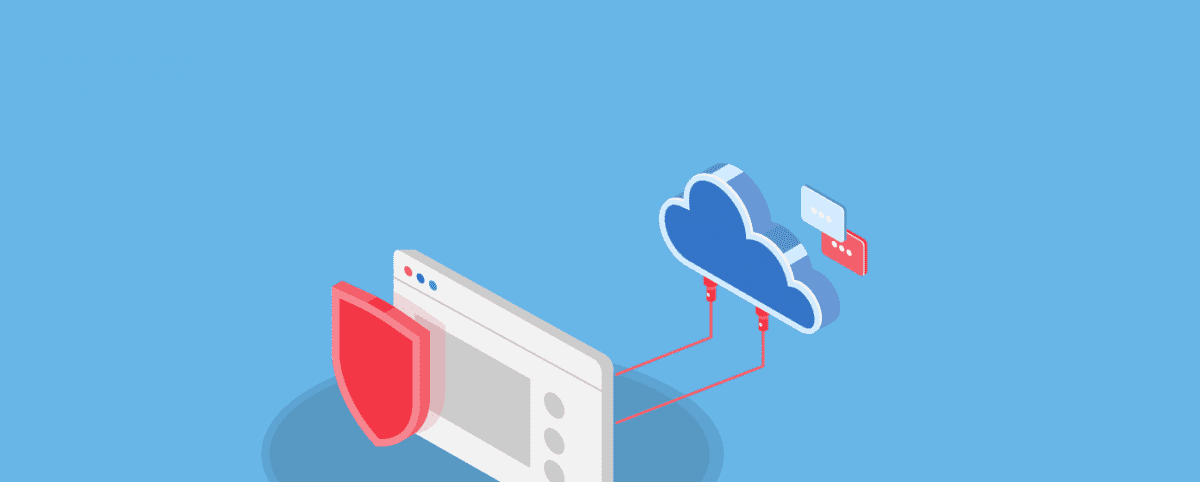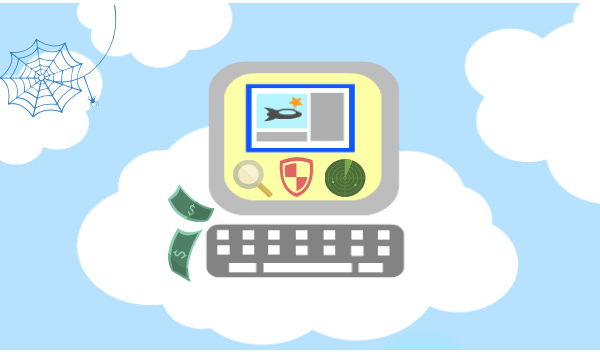11 Must-Have SaaS Vulnerability Management Features
As organizations embrace SaaS to drive agility and innovation, the attack surface has grown dramatically. Frequent deployments, third-party integrations, and decentralized ownership make SaaS ecosystems difficult to monitor and even harder to secure. According to AppOmni, 31% of organizations suffered a SaaS data breach in 2024. What makes this more alarming is that most businesses underestimate the complexity of their SaaS stack. Without a robust vulnerability management strategy tailored for SaaS environments, misconfigurations, outdated components, and unmonitored APIs can turn into high-impact risks overnight.
Why SaaS Vulnerability Management Is Important
Constant Exposure to the Internet
SaaS applications are publicly accessible by design. This means any security gap whether in code, misconfigurations, or third-party components can be easily probed and exploited by attackers.
Rapid Release Cycles
Most SaaS teams operate on fast deployment models with frequent code pushes. Without continuous scanning, vulnerabilities can be introduced and remain undetected in production environments.
Multi-Tenancy Risks
A single vulnerability in a shared SaaS environment can impact multiple customers at once, amplifying the business and reputational risks.
Heavy Dependence on APIs and Third-Party Services
SaaS platforms often rely on APIs, plugins, and open-source libraries. These introduce potential attack surfaces outside your direct control, making constant monitoring essential.
Compliance and Data Protection
SaaS platforms frequently handle sensitive customer data and are subject to regulations like SOC 2, HIPAA, GDPR, and PCI DSS. A lack of proper vulnerability management could lead to non-compliance, fines, and legal issues.
Real-World Threats Are Evolving
Attackers are using sophisticated methods like zero-day exploits, automated bots, client-side injections, and logic-based abuse. Without a robust vulnerability management system, these can slip through undetected areas.
Security Is a Shared Responsibility
While cloud providers secure infrastructure, the application layer is your responsibility. Vulnerability management helps you fulfill that responsibility and ensures that customer trust is protected.
Essential SaaS Vulnerability Management Features
To build a strong SaaS security program and effectively mitigate cyber risk, focus on these core features when evaluating solutions:
1. Continuous Vulnerability Scanning
SaaS environments are dynamic. New features, integrations, and code updates are pushed frequently, making periodic scans insufficient.
Automated and continuous scanning ensures vulnerabilities are detected as soon as they appear, reducing the window of exploitation.
Modern vulnerability management tools must:
- Run daily or real-time scans across all SaaS platforms
- Detect misconfigurations, outdated libraries, and exposed APIs instantly
- Integrate with cloud-native environments and CI/CD pipelines
- Provide contextual alerts tied to asset criticality and exploitability
Indusface WAS, for example, delivers continuous scanning and instantly flags vulnerabilities, giving teams immediate visibility into their SaaS risk posture.
2. Comprehensive Asset Inventory
SaaS sprawl is real and dangerous. You cannot secure what you do not know exists.
According to AppOmni, while 49% of IT teams believed they had fewer than 10 SaaS apps connected to Microsoft 365, data revealed over 1,000 SaaS-to-SaaS integrations in many deployments.
This disconnect highlights the visibility challenge. You need tools that can:
- Automatically discover new apps, users, and integrations
- Map data flows across SaaS-to-SaaS ecosystems
- Identify unauthorized or unsanctioned applications
- Continuously track shadow IT and orphaned services
Indusface WAS platform offers external attack surface discovery, flagging not only what is public-facing but also which parts are vulnerable, newly added, or changed. You get a complete, categorized view of your digital footprint.
3. Accurate Detection with Minimal False Positives
In traditional vulnerability management, false positives are considered a nuisance. In SaaS, they become a critical blocker. Why?
- DevSecOps teams are expected to respond fast. False positives slow them down.
- In SaaS, some “insecure” configurations may be by design (e.g., open endpoints for third-party access).
- Noise leads to alert fatigue which causes real threats to be missed.
Key capabilities to look for:
- AI/ML-enhanced detection that adapts to business context.
- Manual verification options (hybrid scanning).
- Threat scoring that incorporates exploitability, impact, and exposure not just CVSS.
Indusface WAS uses an AI driven detection with human-validated vulnerabilities, dramatically reducing false positives. Each vulnerability is accompanied by proof of exploitation and a business risk score, so you can focus on what truly matters.
4. Zero-Day Vulnerability Monitoring
SaaS applications are common targets for zero-day attacks. A delay in identifying and mitigating these vulnerabilities can lead to widespread disruption.
Example: In 2020, Accellion’s file-sharing app (FTA) was compromised via a zero-day, impacting 100+ customers globally. The breach exploited a web shell vulnerability before a patch was available, highlighting the importance of early detection and virtual patching.
Your SaaS vulnerability management should offer:
- Real-time threat intelligence integration
- CVE-based risk mapping for each SaaS service
- Virtual patching or blocking mechanisms until vendor fixes are released
5. Advanced Risk Prioritization
Not every vulnerability is equally urgent or impactful. Effective risk prioritization combines multiple factors to help your team focus on the most critical threats and avoid alert fatigue. This typically includes:
- CVSS Vulnerability Scoring: Providing a baseline severity assessment (Common Vulnerability Scoring System).
- Threat Intelligence: Identifying if the vulnerability is actively being exploited in the wild (e.g., linked to specific CVEs – Common Vulnerabilities and Exposures).
- Business Context: Assessing whether vulnerability affects critical or sensitive systems that could disrupt core operations or expose high-value data.
- Asset Exposure: Determining if the vulnerable system is internet-facing or internal, significantly impacting its exploitability.
AcuRisQ enables precise risk quantification and prioritization by automatically evaluating open vulnerabilities based on critical contextual factors. It considers business criticality, asset discoverability, chaining potential and east-west dependencies to determine how a vulnerability could impact operations or propagate within the network.
6. Manual Penetration Testing
Automated scanning is essential, but it does not catch business logic vulnerabilities or chained vulnerabilities. Manual penetration testing complements automation by simulating real-world attacks.
What It Adds:
- Detection of complex attacks like privilege escalation or price manipulation.
- Evaluation of custom workflows and multi-step exploit chains.
- Human insight into the effectiveness of your SaaS security controls.
Indusface WAS combines automated scanning with expert-driven pentests, to deliver a more comprehensive and contextual security assessment.
Learn more in our detailed guide: Manual vs. Automated Penetration Testing
7. Contextual Alerts and Real-Time Incident Response
Finding a vulnerability is one thing. Acting on it at the right time is another. Real-time alerts give security teams the advantage of time.
But to be useful, alerts must be:
- Contextual: Who is affected? Is the endpoint public? Is data exposure likely?
- Actionable: What is the remediation step? Is it urgent?
- Integrated: Can it trigger a JIRA ticket or a Slack alert?
Ideal capabilities include:
- Granular alerting based on severity, asset sensitivity, and user role.
- Response playbooks for known vulnerabilities.
- Integration with SIEM, SOAR, or ITSM tools.
Indusface WAS integrates with ticketing systems and SIEM tools, while also offering real-time dashboards and managed incident response through its security operations team.
8. Immediate Vulnerability Remediation
Vulnerability management fails without proper remediation workflows. For SaaS products, developers and DevOps engineers are the first responders. The vulnerability tool must speak their language and integrate with their workflow.
What helps here:
- Auto-generated JIRA or ServiceNow tickets in a full technical context.
- Remediation guidance tailored to framework/language (e.g., Java, Node.js, Python).
- SLA-based vulnerability tracking and patching timelines.
- Integration with CI/CD tools for pre-production checks.
Timely remediation is critical, especially in SaaS environments where threats evolve rapidly. Manual fixes can take time, and every minute matters. SwyftComply on AppTrana WAAP, enables instant autonomous remediation of open vulnerabilities. It ensures real-time protection until permanent fixes are deployed.
9. Client-Side and Third-Party Script Monitoring
Client-side attacks like Magecart, Formjacking, and JavaScript injection are on the rise. These attacks do not target your server; they compromise third-party scripts running in the end user’s browser.
AppTrana WAAP’s client-side protection monitors these scripts in real time to:
- Detect unauthorized changes or injections
- Block rogue behavior before it impacts users
- Ensure compliance with PCI DSS and other standards
This feature is critical for PCI DSS compliance and for protecting user PII.
10. Reporting for Compliance and Stakeholders
Audit readiness is not just for compliance teams, it is for customer trust. You need:
- Executive-ready reports with business impact summaries.
- Technical reports with trace logs and test evidence.
- Framework-mapped reports (PCI, HIPAA, ISO 27001, SOC 2).
Look for:
- Scheduled and on-demand report generation.
- Tagging by business unit, geography, or product line.
Indusface WAS offers audit-ready reporting with severity trends, and remediation history. You can filter by application, risk level, or scan date, making internal and external audits seamless.
11. Managed Service and Expertise On-Demand
For growing SaaS businesses, security resources are often limited. Having expert support:
- Accelerates root cause analysis.
- Helps with remediation in complex environments.
- Reduces reliance on in-house security teams.
Indusface’s managed vulnerability assessment service provides:
- Manual validation of every critical finding.
- Custom scan scheduling and reporting aligned with release cycles.
This is a game-changer, especially for lean teams without full-time security engineers.
Security is no longer just about protection; it is about resilience and trust. Make sure your SaaS platform is backed by a vulnerability management solution that goes far.
Ready to Strengthen Your SaaS Security?
Do not leave your SaaS applications exposed to misconfigurations, logic flaws, and third-party risks. Indusface WAS offers a fully managed vulnerability management solutioncomplete with automated scanning, manual pen testing, and instant remediation support.
Start a free trial to close your SaaS security gaps today.
Stay tuned for more relevant and interesting security articles. Follow Indusface on Facebook, Twitter, and LinkedIn.
Frequently Asked Questions (FAQs)
Essential features include continuous vulnerability scanning, comprehensive asset inventory, risk-based prioritization (using CVSS and threat intelligence), integration with DevSecOps workflows, robust reporting, data encryption, and automated compliance management.
SaaS applications should be scanned every time a new build is deployed. Automated, real-time monitoring detects new vulnerabilities and misconfigurations as soon as they occur, providing immediate actionable insights.
Risk prioritization is crucial because it helps security teams focus their efforts on the vulnerabilities that pose the greatest actual threat, based on factors like exploitability, business impact, and asset criticality, rather than just CVSS scores.
SaaS companies can implement a Zero Trust security model by enforcing strict identity and access management (IAM), applying least privilege principles, micro-segmenting networks and applications, and continuously monitoring all activity for signs of compromise.
A comprehensive SaaS incident response plan should include preparation, identification, containment, eradication, recovery, and a post-incident “lessons learned” phase, all specifically tailored to the unique aspects of SaaS environments.

 July 25, 2025
July 25, 2025






